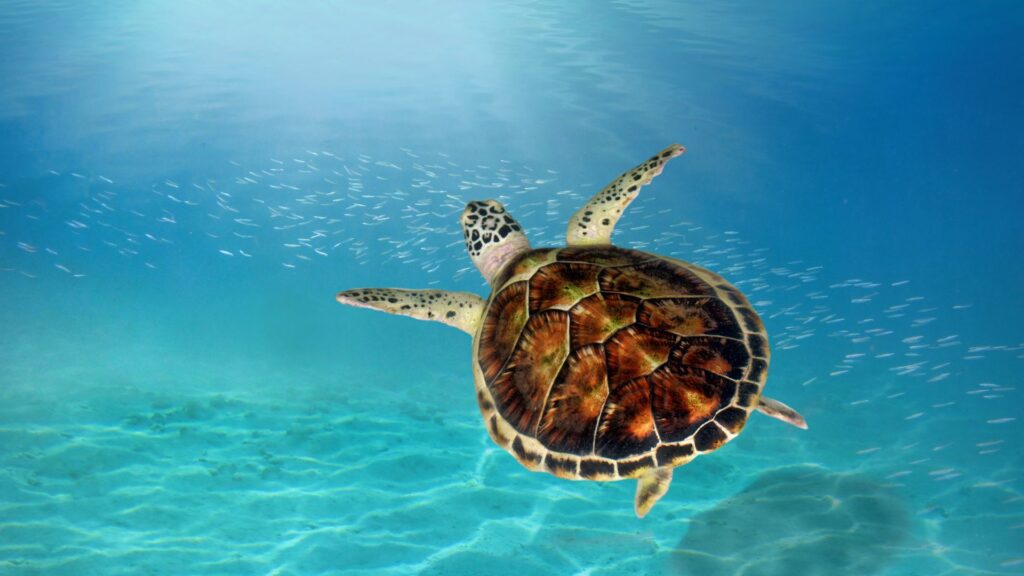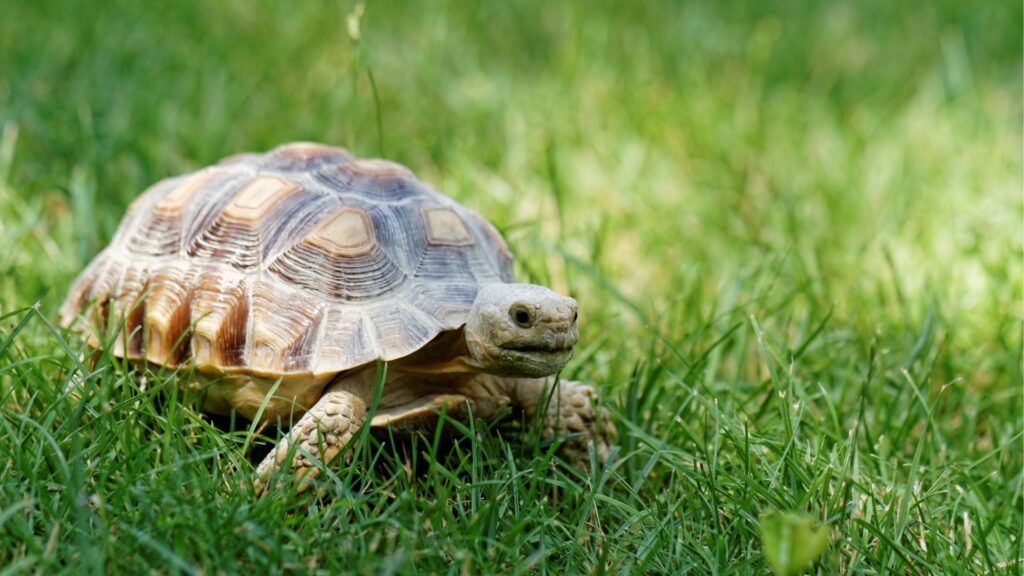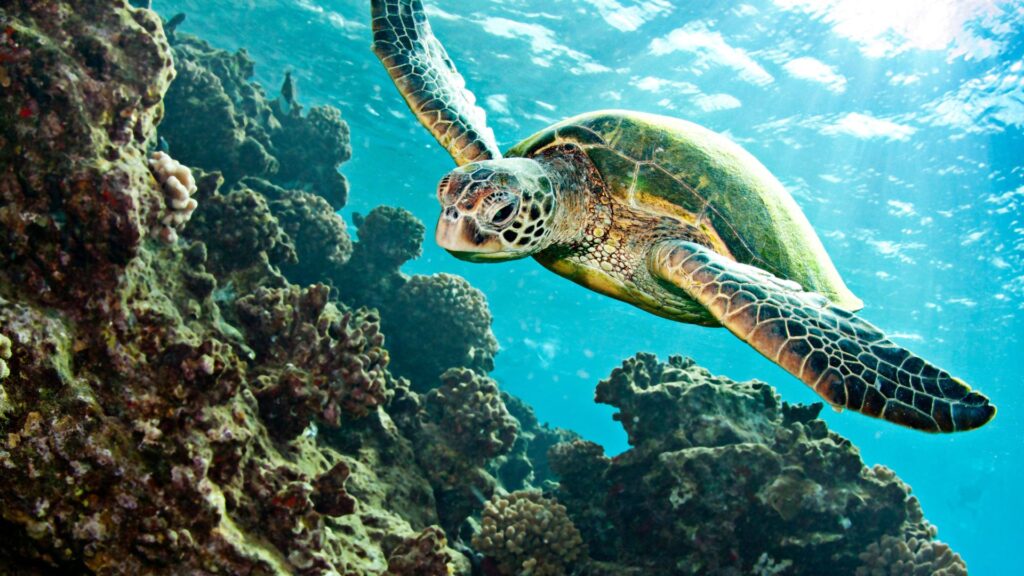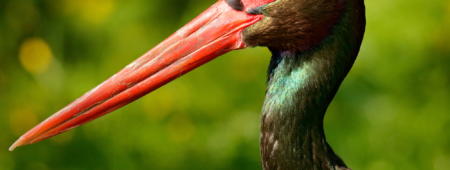World Turtle Day 2025 - History, Importance and Conservation of Turtles
Although they move slowly, turtles have played an important role in the world's ecosystem for millions of years. These fascinating creatures survived the dinosaur era and are still a symbol of perseverance, wisdom and longevity in many cultures today.
Although they move slowly, turtles have played an important role in the world's ecosystem for millions of years. These fascinating creatures survived the dinosaur era and are still a symbol of perseverance, wisdom and longevity in many cultures today.
World Turtle Day, celebrated every year on 23 May, is the perfect opportunity to take a closer look at these remarkable reptiles - learn about their history, understand their importance in nature and find out what threats they face.

What is World Turtle Day and why do we celebrate it?
World Tortoise Day was established in 2000 at the initiative of the non-profit organisation American Tortoise Rescue. Thanks to its involvement, the holiday has gained international recognition, attracting the attention of nature lovers. Various educational events are organised in many countries to mark the occasion.
The aim of the day is to raise public awareness of the crucial role turtles play in ecosystems and to draw attention to the threats they face. Among other things, marine species contribute to maintaining the health of coral reefs, and their presence creates shelter for many small marine organisms. Freshwater and terrestrial turtles, on the other hand, play an important role in controlling plant and insect populations, thereby contributing to maintaining ecological balance.
The history of turtles - from prehistory to the present day
Turtles belong to the reptile family and there are currently around 350 species. They live all over the world - on the continents as well as in the oceans (not found only in Antarctica). They are most abundant in warm and temperate zones. They come in a variety of sizes - the smallest measure about 10 cm in length and the largest more than 2 metres!
A distinctive feature of turtles is the hard shell, part of their skeleton, which effectively protects them from predators. When danger approaches, they can hide their head and limbs under their carapace.
They are also known for their slow walking speed. The average tortoise moves at a speed of 0.2-0.5 km/h. It is this characteristic that has made it a symbol of patience and longevity. However, they are definitely faster in the water! The fastest swimmer among them - the leatherback turtle - can reach speeds of up to 35 km/h!
Turtles are reminiscent of dinosaurs in appearance - and no wonder, since they already lived on our planet at the time they did! These reptiles appeared on Earth around 220 million years ago. The oldest known turtle was Proganochelys, which resembled modern turtles in appearance and lived on Earth around 210 million years ago.
Turtles have no ears, but are nevertheless able to perceive sounds. They can sense vibrations transmitted through their jawbones, so they register low frequencies that are inaudible to us.

Do turtles live in Poland?
Poland is home to one species of turtle - the bog turtle - which lives mainly in small bodies of water and swamps. Its head and neck are decorated with yellow dots and its shell with yellow lines. It is not large in size - it measures only a dozen centimetres in length and weighs less than a kilogram. It is a very rare and protected species.
Life expectancy of turtles
Everyone has surely heard that turtles live a long time. And it is true! Smaller species live as long as 70 years, and larger ones as long as 120. According to scientists, some individuals can live as long as 150 years! The oldest living turtle we know of is named Johnatan and comes from the island of Saint Helena. He turned 190 years old in 2022. He is very well known on his island and his likeness even appears on the local five-cent coin.

Major risks
Turtles are currently facing serious threats, mainly from human activities. Plastic waste and other pollutants entering the oceans, pose a deadly danger to them. Turtles often swallow plastic bags because they mistake them for jellyfish, a major component of their diet.
Increasing urbanisation is leading to the destruction of turtles' natural habitats. Due to deforestation or coastal development, they are losing access to places suitable for life. An additional problem is illegal trapping - turtles are sold as exotic pets and their shells are used to make ornaments.
Global warming is also having an increasing impact on their lives. In the case of sea turtles, changing sand temperatures can disrupt sex ratios - warmer conditions favour females, which can lead to an imbalance in populations.



